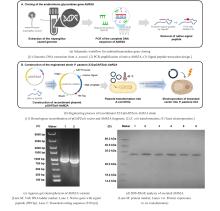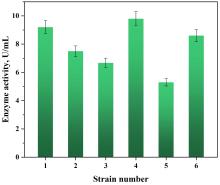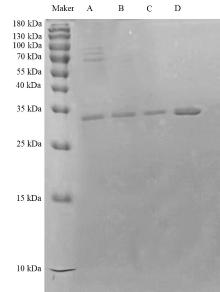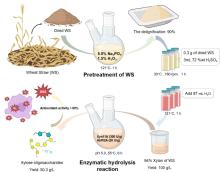|
||
|
Biosynthesis of xylo-oligosaccharides from wheat straw xylan via the synergistic hydrolysis by xylanase Xyn11A and arabinofuranosidase Abf62A
Synthetic Biology Journal
DOI: 10.12211/2096-8280.2025-037
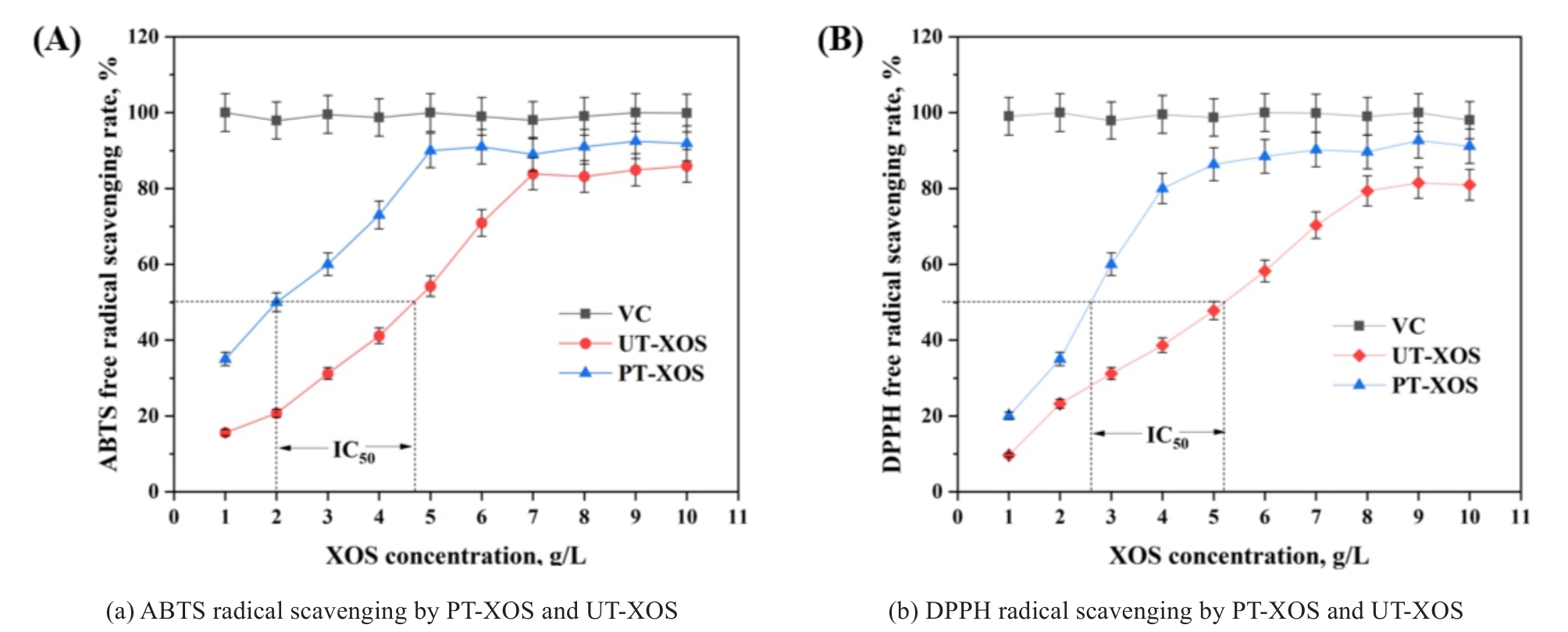
Fig. 7
Radical scavenging activity of xylo-oligosaccharides (XOS)
(Data represent mean values of triplicate measurements.)
Extracts from the Article
As probiotics, the antioxidant activity of XOSs is an important evaluation index[37]. Fig. 7(a) and Fig. 7(b) manifested the ABTS and DPPH radical scavenging rates of Vc, UT-XOS and PT-XOS. The free radical scavenging ability of these two kinds of XOSs was proportional to the concentration to a certain extent. With elevating concentration of XOSs, the free radical scavenging rates of ABTS and DPPH were also gradually increasing, but both were weaker than Vc. The IC50 values of PT-XOS and UT-XOS to ABTS free radical were 1.99 g/L and 4.68 g/L respectively, and the IC50 values of PT-XOS and UT-XOS to DPPH free radical were 2.6 g/L and 5.2 g/L, respectively, which was much higher than that of UT-XOS, because the purity of PT-XOS was higher than that of UT-XOS. In the ABTS free radical scavenging experiment, the highest free radical scavenging rate of UT-XOS was about 84%, and that of PT-XOS was about 90%. There was no substantial difference between them, but the amount of XOSs used was higher than that of PT-XOS by 2 g/L. A similar situation occurred in the DPPH experiment. When PT-XOS content was 5 g/L, the scavenging rate of DPPH free radicals was 86.4%, almost reaching the maximum value. While the free radical scavenging rate of the same concentration of UT-XOS was only 47.8%, the free radical scavenging rate of 8 g/L reached the maximum value of about 80%, which was also lower than UT-XOS. Higher purity reduces lignin-derived phenolics that quench free radicals [11], while increased DP2-4 proportion exposes more reducing ends for electron donation [34].
OH- free radicals and O2- free radicals have the ability to oxidize many biological macromolecules in the human body [38], including nucleic acids, proteins and lipids, which lead to accelerated aging and a variety of diseases. In this work, the scavenging effects of UT-XOS and PT-XOS on OH- and O2-free radicals were further compared [Fig. 7(c) and (d)]. The two kinds of XOS manifested good scavenging effect on OH- free radicals. The IC50 of UT-XOS and PT-XOS were 2.53 g/L and 1.92 g/L, respectively, and the optimum free radical scavenging rate was similar to that of Vc. The scavenging effect of O2- free radical was much worse, the highest scavenging rate of PT-XOS was only about 55%, the UT-XOS was even lower, only about 38%, and the concentration requirements of both were much higher than before.
Other Images/Table from this Article
|
